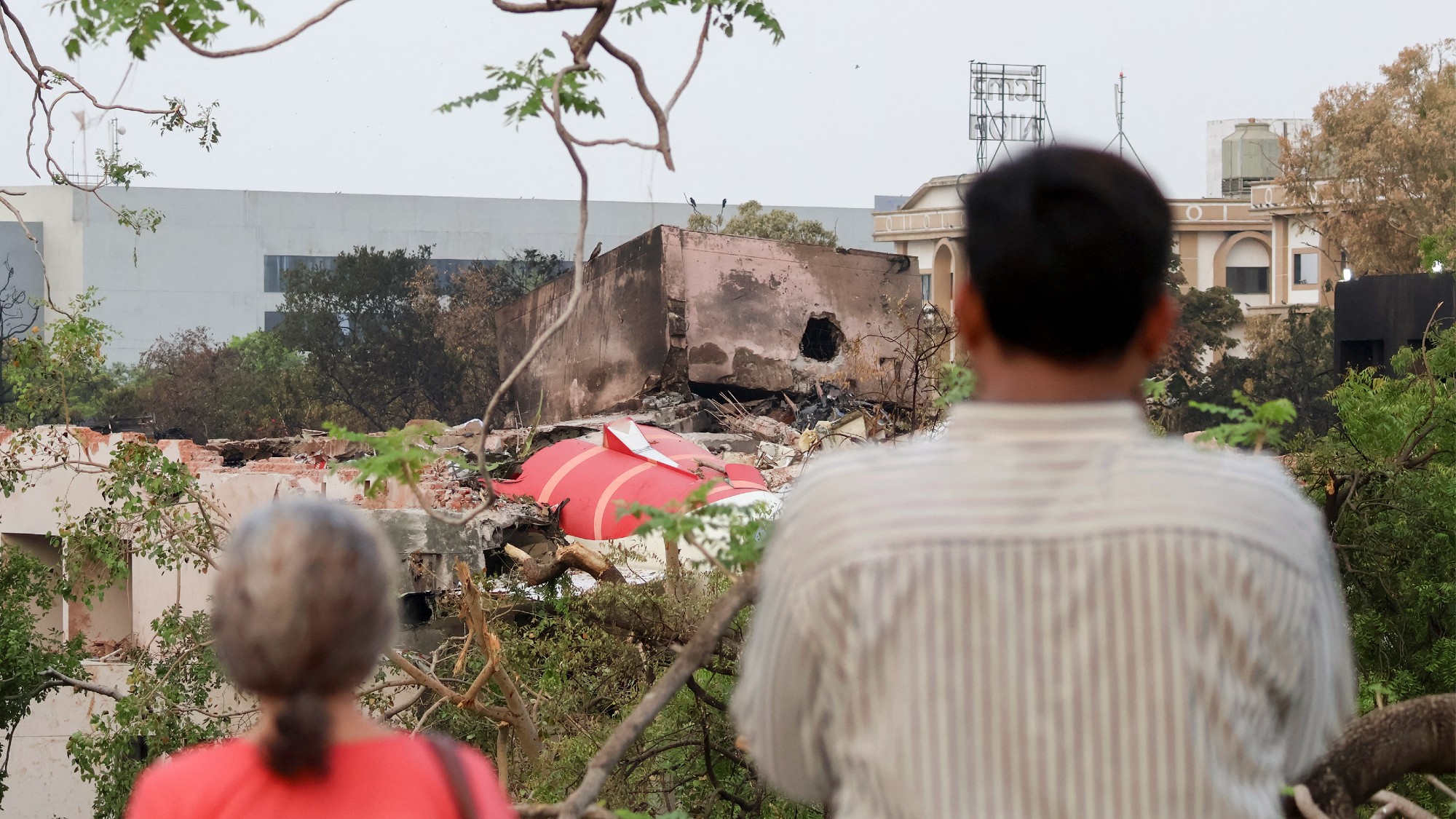Why the Taj Mahal is facing closure
Top Indian court tells government to restore the iconic mausoleum or demolish it
India’s Supreme Court has threatened to shut down the Taj Mahal unless steps are put in place to better preserve the world heritage site.
The two-judge bench said that protection of the 17th century monument from environmental degradation was a “hopeless cause” and castigated the authorities for their “apathy” in maintaining it, reports The Daily Telegraph. The failure of the government to implement protection measures detailed in a recent parliamentary report had resulted in “incalculable revenue losses”, the judges added.
“You can shut down the Taj. You can demolish it if you like and you can also do away with it if you have already decided... No action plan or vision document has come yet. Either you demolish it (Taj) or you restore it,” the court told the government on Wednesday, in response to a petition by an environmental activist.
The Week
Escape your echo chamber. Get the facts behind the news, plus analysis from multiple perspectives.

Sign up for The Week's Free Newsletters
From our morning news briefing to a weekly Good News Newsletter, get the best of The Week delivered directly to your inbox.
From our morning news briefing to a weekly Good News Newsletter, get the best of The Week delivered directly to your inbox.
The judges cited the Eiffel Tower as an example of good preservation, noting that the Paris landmark remained in good condition despite attracting “eight times more tourists in comparison to the Taj”, says The Times of India.
“Eighty millions go to watch Eiffel Tower which looks like a TV tower,” they said. “Our Taj is more beautiful. If you had looked after it, your foreign exchange problem would have been solved.”
The once gleaming white marble of the Taj - built by the Mughal emperor Shah Jahan as a mausoleum to his wife Mumtaz Mahal - has become discoloured as a result of pollution in the surrounding city of Agra, in Uttar Pradesh state. The court noted that the authorities were allowing expansion of industrial units near the monument, worsening the problem.
In addition to the damage caused by pollution, thousands of tiny insects that breed in the rubbish-infested Yamuna River beside it had also infested the monument, their excrement corroding and further staining the marble.
A free daily email with the biggest news stories of the day – and the best features from TheWeek.com
“A special committee has also been set up to find the source of pollution in and around Taj Mahal, which will suggest measures to prevent it,” the government said in an affidavit.
-
 DC tourism has taken a hit
DC tourism has taken a hitUnder the Radar The government shutdown has reduced tourist attractions
-
 One great cookbook: Niloufer Ichaporia King’s ‘My Bombay Kitchen’
One great cookbook: Niloufer Ichaporia King’s ‘My Bombay Kitchen’The Week Recommends A personal, scholarly wander through a singular cuisine
-
 How digital ID cards work around the world
How digital ID cards work around the worldThe Explainer Many countries use electronic ID to streamline access to services despite concern by civil rights groups they ‘shift the balance of power towards the state’
-
 The female-led all-women tours in Afghanistan
The female-led all-women tours in AfghanistanUnder The Radar Women are 'swapping cocktails in Ibiza' for visiting a 'terror hotspot'
-
 Uttar Pradesh: from a once-in-a-generation festival to tiger tracking in an ancient forest
Uttar Pradesh: from a once-in-a-generation festival to tiger tracking in an ancient forestThe Week Recommends Soak up the state's rich culture on one of Explorations Company's specially curated tours
-
 What happened to Air India Flight 171?
What happened to Air India Flight 171?Today's Big Question Preliminary report reveals 'fundamental reason' why jet crashed, but questions remain about whether it was 'deliberate, accidental or if a technical fault was responsible'
-
 The tourist flood in the Mediterranean: can it be stemmed?
The tourist flood in the Mediterranean: can it be stemmed?Talking Point Finger-pointing at Airbnb or hotel owners obscures the root cause of overtourism in holiday hotspots: unmanageable demand
-
 Anshu Ahuja's golden coconut and butter bean curry recipe
Anshu Ahuja's golden coconut and butter bean curry recipeThe Week Recommends Plump, creamy beans in a sweet, spicy sauce


